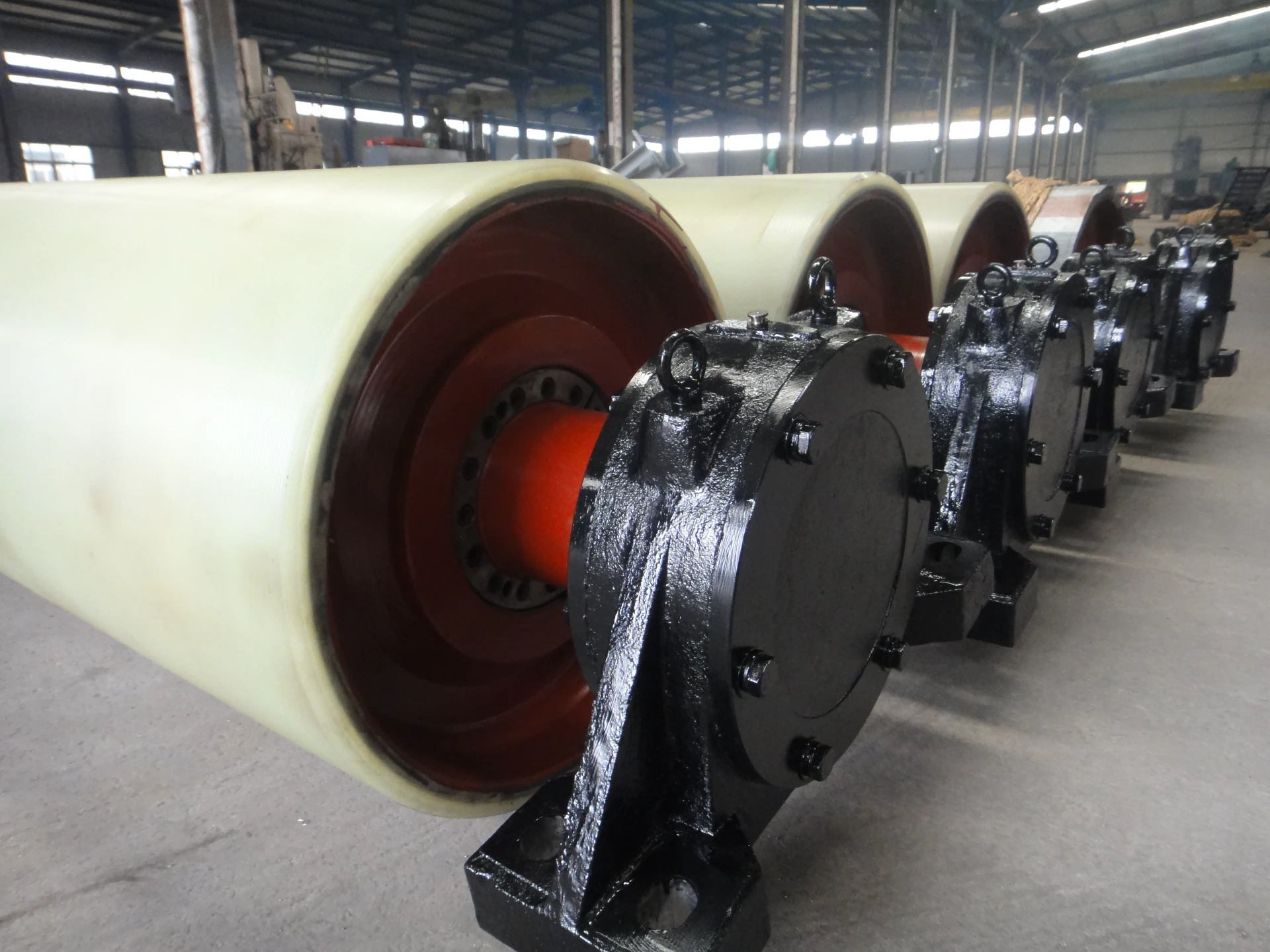 Afrikaans
Afrikaans  Albanian
Albanian  Amharic
Amharic  Arabic
Arabic  Armenian
Armenian  Azerbaijani
Azerbaijani  Basque
Basque  Belarusian
Belarusian  Bengali
Bengali  Bosnian
Bosnian  Bulgarian
Bulgarian  Catalan
Catalan  Cebuano
Cebuano  Corsican
Corsican  Croatian
Croatian  Czech
Czech  Danish
Danish  Dutch
Dutch  English
English  Esperanto
Esperanto  Estonian
Estonian  Finnish
Finnish  French
French  Frisian
Frisian  Galician
Galician  Georgian
Georgian  German
German  Greek
Greek  Gujarati
Gujarati  Haitian Creole
Haitian Creole  hausa
hausa  hawaiian
hawaiian  Hebrew
Hebrew  Hindi
Hindi  Miao
Miao  Hungarian
Hungarian  Icelandic
Icelandic  igbo
igbo  Indonesian
Indonesian  irish
irish  Italian
Italian  Japanese
Japanese  Javanese
Javanese  Kannada
Kannada  kazakh
kazakh  Khmer
Khmer  Rwandese
Rwandese  Korean
Korean  Kurdish
Kurdish  Kyrgyz
Kyrgyz  Lao
Lao  Latin
Latin  Latvian
Latvian  Lithuanian
Lithuanian  Luxembourgish
Luxembourgish  Macedonian
Macedonian  Malgashi
Malgashi  Malay
Malay  Malayalam
Malayalam  Maltese
Maltese  Maori
Maori  Marathi
Marathi  Mongolian
Mongolian  Myanmar
Myanmar  Nepali
Nepali  Norwegian
Norwegian  Norwegian
Norwegian  Occitan
Occitan  Pashto
Pashto  Persian
Persian  Polish
Polish  Portuguese
Portuguese  Punjabi
Punjabi  Romanian
Romanian  Russian
Russian  Samoan
Samoan  Scottish Gaelic
Scottish Gaelic  Serbian
Serbian  Sesotho
Sesotho  Shona
Shona  Sindhi
Sindhi  Sinhala
Sinhala  Slovak
Slovak  Slovenian
Slovenian  Somali
Somali  Spanish
Spanish  Sundanese
Sundanese  Swahili
Swahili  Swedish
Swedish  Tagalog
Tagalog  Tajik
Tajik  Tamil
Tamil  Tatar
Tatar  Telugu
Telugu  Thai
Thai  Turkish
Turkish  Turkmen
Turkmen  Ukrainian
Ukrainian  Urdu
Urdu  Uighur
Uighur  Uzbek
Uzbek  Vietnamese
Vietnamese  Welsh
Welsh  Bantu
Bantu  Yiddish
Yiddish  Yoruba
Yoruba  Zulu
Zulu snub pulley for belt conveyor
Understanding the Snub Pulley for Belt Conveyors
Belt conveyors are essential components in many industries, providing an efficient means of transporting materials across different points in a facility. One of the pivotal elements in a belt conveyor system is the snub pulley. This article delves into the purpose, design, and applications of the snub pulley in belt conveyor systems.
What is a Snub Pulley?
A snub pulley, also known as a snub idler, is a type of pulley used in belt conveyor systems to increase the wrap angle of the belt around the drive pulley. This additional wrap contributes to the grip and tension required for effective operation. Snub pulleys are positioned strategically to modify the direction of the belt and to enhance the overall efficiency of the conveyor system.
Purpose of the Snub Pulley
The primary function of a snub pulley is to improve the frictional grip between the conveyor belt and the drive pulley. This is crucial because more contact area between the belt and the drive pulley means better traction, allowing the system to handle heavier loads without slipping. Additionally, snub pulleys also serve to redirect the belt, facilitating changes in the conveyor's operating angle.
Moreover, the tensioning provided by the snub pulley helps maintain the appropriate belt tension. Proper tension is necessary not only for effective operation but also for the longevity of the belt. Too much tension can lead to premature wear, whereas too little tension can cause slippage and reduce the system's efficiency.
Design Considerations
When designing a snub pulley, several factors must be taken into account. The diameter of the snub pulley is critical; larger diameters can reduce belt wear and increase its lifespan while offering a better grip. The material used for the pulley is also vital as it must withstand the operational stresses without deformation or damage. Common materials for snub pulleys include steel and composite materials that offer strength and durability.
snub pulley for belt conveyor

Another important aspect is the alignment of the pulley. Proper alignment ensures that the belt runs smoothly and reduces the risk of unwanted wear and tear. It is also important to consider the distance between the drive and snub pulleys as this spacing impacts the overall belt tension and performance.
Applications of Snub Pulleys
Snub pulleys find application across various industries, including mining, manufacturing, and logistics. In mining operations, for example, they are utilized to transport ore and other materials over long distances. Their ability to maintain tension and redirect the belt plays an essential role in ensuring a dependable flow of materials.
In manufacturing plants, snub pulleys support conveyor systems used in assembly lines, packaging, and materials handling. Here, their reliability is crucial for maintaining production efficiency. In logistics and warehouse environments, snub pulleys help manage the conveyance of goods in an orderly and timely manner.
Maintenance of Snub Pulleys
To ensure the effective operation of snub pulleys, regular maintenance is necessary. This includes inspecting for wear and tear, ensuring proper alignment, checking the surface for damage, and maintenance of bearings. Keeping the snub pulleys clean from debris and residue will also prolong their lifespan and efficiency.
Routine checks and maintenance protocols can help prevent breakdowns and ensure smooth operations, ultimately saving time and costs associated with repairs and replacements.
Conclusion
In conclusion, the snub pulley is a vital component of belt conveyor systems, contributing to improved tension, direction change, and overall efficiency. Understanding its purpose, design considerations, applications, and maintenance practices is essential for anyone working with or designing conveyor systems. As industries continue to seek more efficient transportation methods, the importance of components like the snub pulley in enhancing operational effectiveness cannot be understated. Understanding these elements contributes to better equipment management and operational success in various applications.
-
Revolutionizing Conveyor Reliability with Advanced Rubber Lagging PulleysNewsJul.22,2025
-
Powering Precision and Durability with Expert Manufacturers of Conveyor ComponentsNewsJul.22,2025
-
Optimizing Conveyor Systems with Advanced Conveyor AccessoriesNewsJul.22,2025
-
Maximize Conveyor Efficiency with Quality Conveyor Idler PulleysNewsJul.22,2025
-
Future-Proof Your Conveyor System with High-Performance Polyurethane RollerNewsJul.22,2025
-
Driving Efficiency Forward with Quality Idlers and RollersNewsJul.22,2025





























